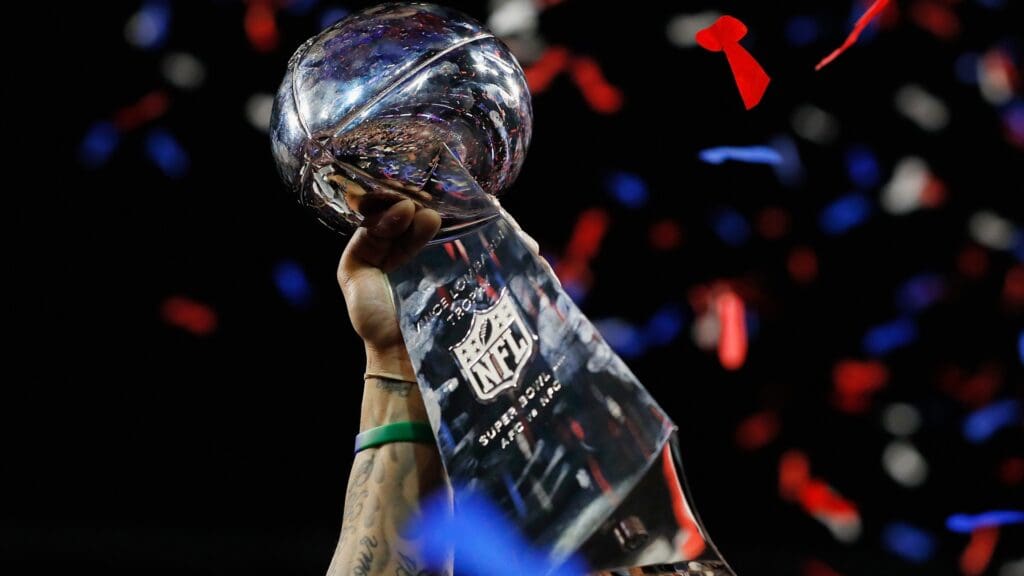Marketing Failures: Improper Brand Positioning

Not every marketing campaign or strategy can be a winner, but we learn just as much from the failures as we do from the successes. In this series, we’re looking into some of the most common mistakes that marketers and brands make so we can highlight the lessons you might take away from them.
Why Brand Positioning Matters
Brand positioning, simply put, is the practice of establishing a unique and distinctive niche for your brand among your competition. It’s a vital component of any brand’s ability to attract the right type of customers — if your customers don’t know what makes your organization or product unique, there’s no reason for them to choose you.
Brand positioning also amplifies your messaging. Whether you establish your brand as fun and lighthearted, steadfast and trustworthy, or luxurious and premium, people will read that reputation into everything you create. This is why rebranding is such a significant undertaking — whether you create one intentionally or not, the public will ascribe a personality to your company, and they don’t let that impression go easily.
Branding is also crucial for your value proposition. Without brand positioning, the only value propositions that matter are price and other hard statistics. With branding, you can lean on reliability, status, a sense of luxury, security, or any number of other intangible attributes that set products apart.
Failures in Brand Positioning
The most significant branding failures boil down to one of two issues. The first is when a company doesn’t establish a differentiator that matters. Two of the worst examples come from the same company: Pepsi Blue and Crystal Pepsi. Pepsi created unique products in both cases, but no one cared. No one minded that cola was brown in the first place — in fact, they had come to expect it — so a cola that wasn’t brown offered nothing that they cared about.
The second and more common issue in brand positioning is a failure to “stay in your lane.” Over time, your company will become known for certain things. You might make a particular class of products, boast expertise in certain areas, or cater to specific people. If you deviate from those areas too suddenly and without a good reason, your customers will be confused and lose faith in your ability to execute.
Colgate Kitchen Entrees
To most people, Colgate means one thing: toothpaste. But in 1982, Colgate decided to launch a line of frozen dinners. Their reasoning was simple — if people trusted the brand (and they did), they’d trust the brand to produce other products. Colgate’s problem was that they were too optimistic about people’s trust. Customers trusted Colgate to produce toothpaste and nothing else. All of Colgate’s marketing to date about whitening technology, fresh breath, and clean teeth had no bearing at all on the ability to make delicious food, so the brand flopped.
Cosmopolitan Yogurt
Cosmopolitan is one of the most popular magazines in the world, especially among young professional women. Cosmopolitan’s reasoning wasn’t completely crazy — their brand was trusted, and women in their target audience eat a lot of yogurt as a portable, semi-healthy meal.
Their mistake wasn’t in market research, it was a drastic departure from what they were good at. Cosmo’s readers trusted them implicitly to offer advice on health, sex, and professional life, not to make dairy products. The product lasted 18 months before being scrapped.
Brand Positioning Done Right
When brand positioning is done correctly, people take notice. Think about the difference between Taco Bell and Chipotle, both of which ostensibly make an Americanized version of Mexican food. Both are affordable and relatively quick, too. But when you think of those brands, you conjure a very different image in your head of the inside of the store, the circumstances under which you’d buy from them, and the typical customer.
Chipotle has focused its branding efforts almost entirely on the quality of its ingredients. They use locally grown, organic produce when they can, dairy from grass-fed cows, and meat from animals raised without hormones or excessive antibiotics.
By contrast, Taco Bell makes virtually no claims about its ingredients. The home page doesn’t mention them at all. Taco Bell wants you to know, first and foremost, that their food is delicious, cheap, and convenient. Even though they both make a similar product, Chipotle and Taco Bell are scarcely even competitors.
There’s a similar distinction between Windows and macOS, the latest name for Apple’s desktop operating systems. Apps exist on the platform only with Apple’s approval, and the user’s ability to change anything about how the system works is minimal. If you use an iPhone, iCal, Mail, Apple Music, and the rest of the Apple suite, everything works seamlessly. If you don’t, you’ll run into serious compatibility issues.
Windows, on the other hand, is far more customizable. Savvy users can change almost anything about the system or install any software they want. They can even purchase Windows as a standalone product and install it on a custom machine, something Apple has staunchly refused to offer. By positioning themselves as either a one-stop-shop or a completely bespoke solution, Microsoft and Apple have effectively split the market.
Key Takeaways
Brands can and do change their positioning over time. Google went from a simple search engine to a provider of email, calendar, and cloud storage services to a manufacturer of phones and smart home devices, and the company hasn’t stopped growing. What’s important is that any transition in positioning is handled slowly, carefully, and with well-researched reasoning behind it. If your customers don’t understand why you’re changing, they won’t go along with it.





